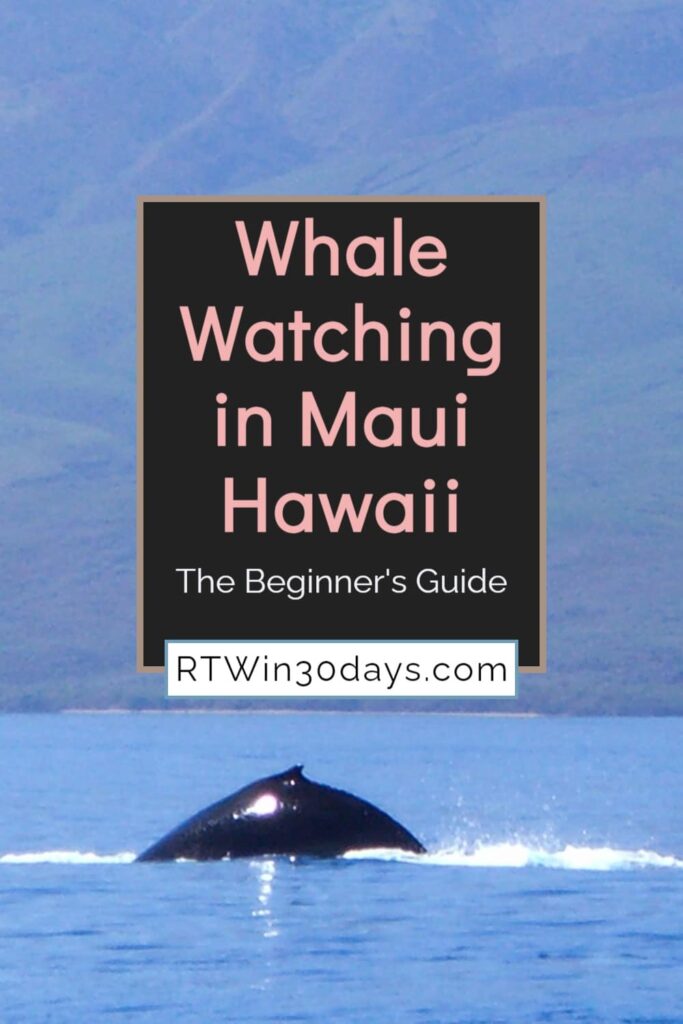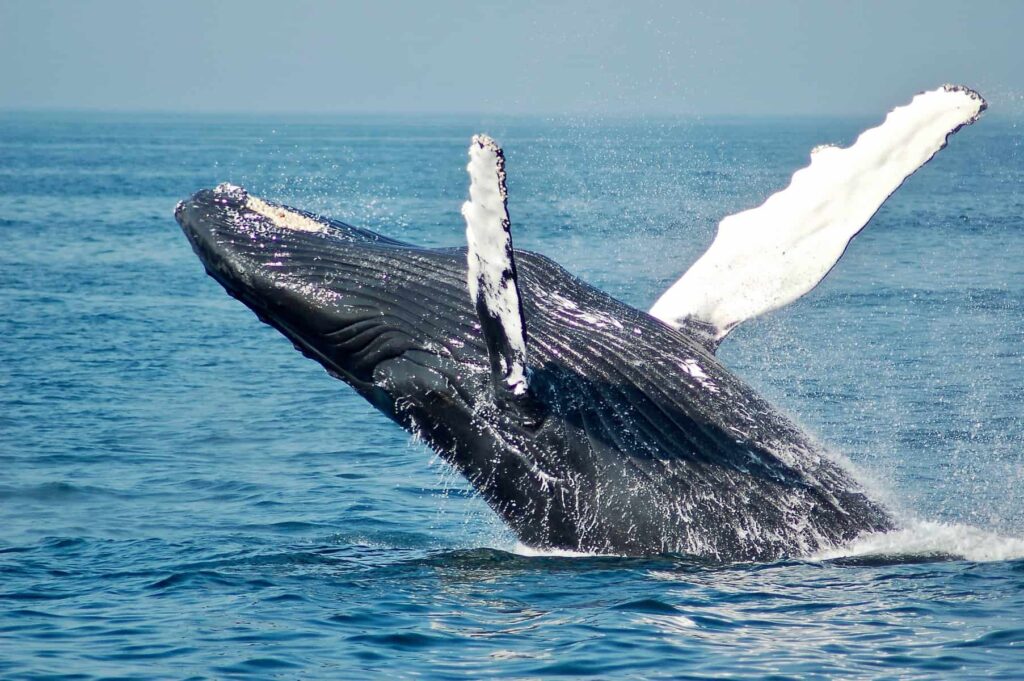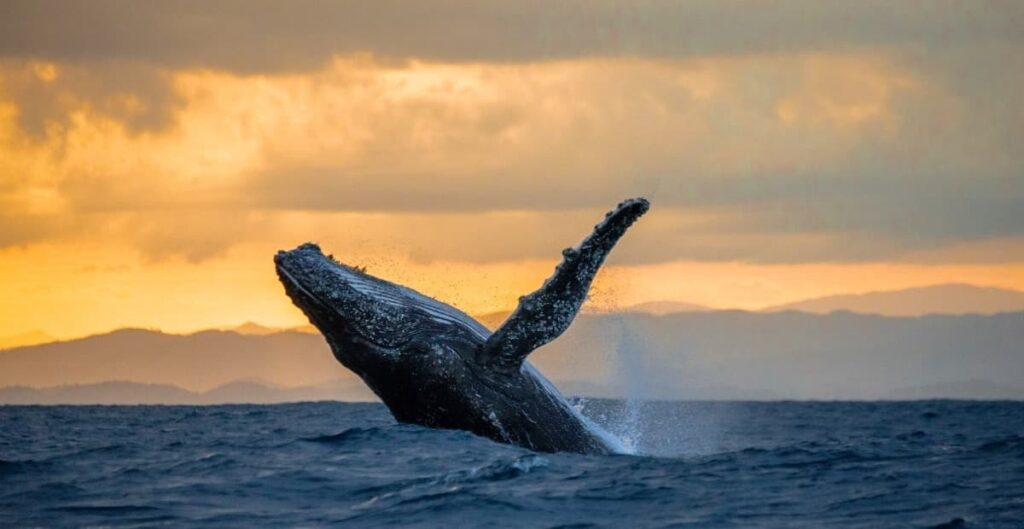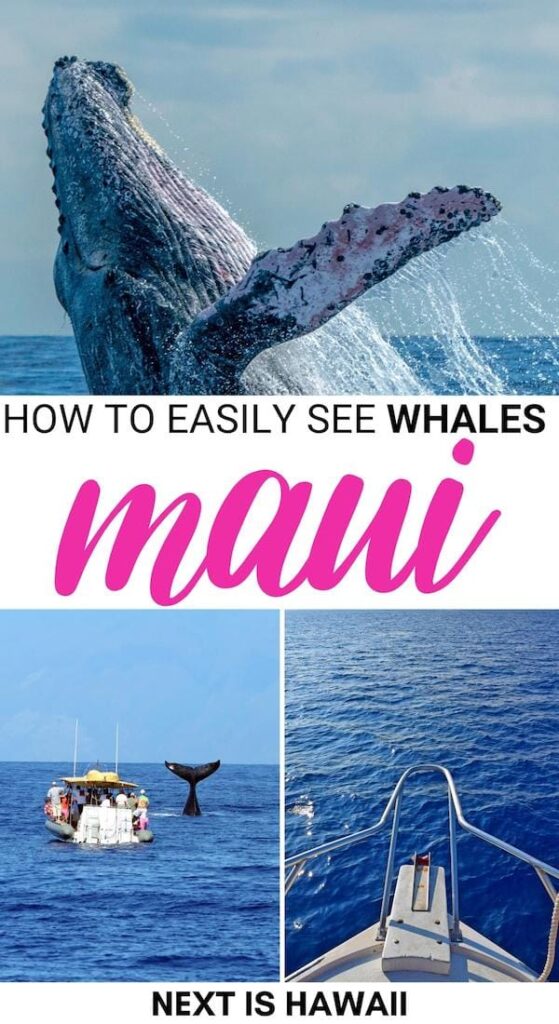Whether you’re a seasoned traveler or a first-time visitor to Hawaii, whale watching is a must-do activity that will leave you in awe of these magnificent creatures. In this beginner’s guide, we will take you through the ins and outs of whale watching season in Hawaii, providing you with all the information you need to make the most of your experience. From the best times to spot whales to the top locations and tour guides, we’ve got you covered. So pack your binoculars and get ready for an unforgettable adventure in the waters of Hawaii.
When is Whale Watching Season in Hawaii?
Whale watching season in Hawaii typically runs from November to May. This is the time when thousands of humpback whales migrate from the cold waters of Alaska to the warm, tropical waters of Hawaii to breed, give birth, and nurse their young. These gentle giants turn the Hawaiian waters into their playground, providing a spectacular show for visitors. It’s important to note that peak whale watching season in Hawaii is usually from January to March, when the highest number of whales can be spotted.
Where are the Best Locations for Whale Watching in Hawaii?
Hawaii offers several fantastic locations for whale watching, each offering its unique advantages. One of the most popular spots is the island of Maui, specifically the areas of Lahaina, Maalaea Bay, and Kaanapali. These locations provide breathtaking views of the whales as they breach, slap their tails, and engage in other captivating behaviors. The Big Island of Hawaii is another excellent choice, with the waters off the Kona Coast being particularly renowned for whale sightings. Oahu’s North Shore and Kauai’s south and west coasts also offer great opportunities to witness these majestic creatures up close.
What Types of Whales Can Be Seen in Hawaii?
The primary species of whale you can spot during the whale watching season in Hawaii is the humpback whale (Megaptera novaeangliae). These whales can reach lengths of up to 45 feet and weigh as much as 40 tons. Known for their acrobatic displays, humpbacks often breach, slap their pectoral fins, and create massive splashes with their tails, making for a thrilling spectacle. Other species of whales that are occasionally spotted in Hawaiian waters include the spinner dolphin, false killer whale, and pilot whale.

How to Prepare for a Whale Watching Trip in Hawaii
Before embarking on your whale watching adventure in Hawaii, there are a few things you should keep in mind to ensure a smooth and enjoyable experience. Firstly, consider checking the weather forecast and sea conditions before booking your trip. While the waters around the Hawaiian islands are generally calm, it’s always best to be prepared. Secondly, plan your trip during the peak whale watching season, preferably between January and March, to maximize your chances of spotting these magnificent creatures. Lastly, make sure to book your whale watching tour in advance to secure your spot and avoid disappointment.
What to Bring for a Whale Watching Excursion
To make the most of your whale watching excursion, there are a few essential items you should bring along. Start with sunscreen to protect your skin from the tropical sun, as you may be spending several hours out on the boat. A hat, sunglasses, and a light jacket or sweater are also recommended. Don’t forget to bring a camera or binoculars to capture those unforgettable moments. It’s worth noting that some tours provide snacks and refreshments, but it’s a good idea to bring your own bottle of water and some snacks, just in case.

Choosing a Whale Watching Tour Operator in Hawaii
Selecting the right whale watching tour operator can greatly enhance your experience. Look for operators who have experienced and knowledgeable guides onboard that can provide interesting facts about the whales and their behaviors. Research online reviews and seek recommendations from fellow travelers to find reputable operators. Additionally, consider the size of the boat. Smaller vessels offer a more intimate and personalized experience, while larger boats provide stability and amenities like restrooms and covered seating areas. Choose an operator that aligns with your preferences and budget.
Safety Guidelines for Whale Watching in Hawaii
While whale watching is a thrilling activity, it’s crucial to prioritize safety, both for you and the whales. Follow these guidelines to ensure a safe and responsible experience:
- Stay at least 100 yards away from the whales. Approaching them too closely can disrupt their natural behaviors and potentially harm them.
- Avoid sudden movements or loud noises that could startle or distress the whales.
- Observe the whales from a stationary vessel whenever possible. If you’re in a kayak or paddleboard, be cautious and maintain a safe distance.
- Do not attempt to touch or swim with the whales. It’s not only unsafe but also illegal.
- Follow the instructions provided by your tour guide and the crew. They have extensive knowledge and experience to ensure your safety and the welfare of the whales.

Photography Tips for Whale Watching
Capturing stunning photographs of whales can be a challenging yet rewarding endeavor. Here are a few tips to help you capture those memorable moments:
- Use a telephoto lens to bring the whales closer and capture their details.
- Adjust your camera settings to a fast shutter speed to freeze the motion and avoid blurry images.
- Keep your camera ready with continuous shooting mode to capture quick movements and behaviors.
- Look for interesting compositions by including elements such as the ocean, boats, or other landmarks in your frame.
- Be patient and observant. Whales often exhibit repetitive behaviors, so take your time to anticipate their actions and capture the perfect shot.
Etiquette and Responsible Whale Watching
Whale watching should always be done with respect and consideration for these incredible creatures. Here are a few etiquette guidelines to ensure responsible whale watching:
- Keep noise levels to a minimum. Loud noises can disrupt the whales and cause stress.
- Never throw anything into the water. Trash and debris can harm the marine environment and its inhabitants.
- Avoid using drones near whales, as they can disturb their natural behaviors and potentially cause harm.
- If you spot any injured or entangled whales, report it to the appropriate authorities. Do not attempt to intervene or rescue them yourself, as this can be dangerous for both you and the whale.
- Enjoy the experience quietly and avoid excessive movement or excitement that could disturb the whales or other passengers.

Conclusion
Whale watching in Hawaii offers a remarkable opportunity to witness the splendid beauty and grace of humpback whales in their natural habitat. With the right planning, preparation, and responsible approach, you can embark on an unforgettable adventure that will leave you with lasting memories. Remember to choose the best time and location, book with a reputable tour operator, adhere to safety guidelines, and maintain respectful behavior towards these magnificent creatures. So, get ready to be amazed as you embark on a whale watching journey that connects you with the wonders of nature in the breathtaking Hawaiian archipelago.
